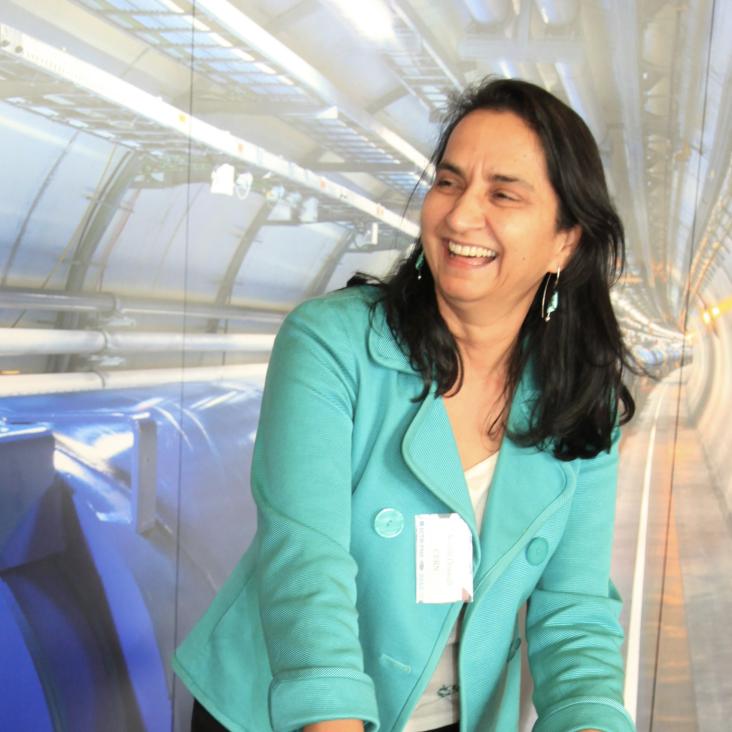Union of light ion therapy centers in Europe (ULICE EC FP7) – Objectives and achievements of joint research activities
Radiotherapy and Oncology Elsevier 128:1 (2018) 83-100
Abstract:
Under the umbrella of the European Network for Light Ion Therapy (ENLIGHT), the project on Union of Light Ion Centers in Europe (ULICE), which was funded by the European Commission (EC/FP7), was carried out from 2009 to 2014. Besides the two pillars on Transnational Access (TNA) and Networking Activities (NA), six work packages formed the pillar on Joint Research Activities (JRA). The current manuscript focuses on the objectives and results achieved within these research work packages: “Clinical Research Infrastructure”, “Biologically Based Expert System for Individualized Patient Allocation”, “Ion Therapy for Intra-Fractional Moving Targets”, “Adaptive Treatment Planning for Ion Radiotherapy”, “Carbon Ion Gantry”, “Common Database and Grid Infrastructures for Improving Access to Research Infrastructures”. The objectives and main achievements are summarized. References to either publications or open access deliverables from the five year project work are given. Overall, carbon ion radiotherapy is still not as mature as photon or proton radiotherapy. Achieved results and open questions are reflected and discussed in the context of the current status of carbon ion therapy and particle and photon beam therapy. Most research topics covered in the ULICE JRA pillar are topical. Future research activities can build upon these ULICE results. Together with the continuous increase in the number of particle therapy centers in the last years ULICE results and proposals may contribute to the further growth of the overall particle therapy field as foreseen with ENLIGHT and new joint initiatives such as the European Particle Therapy Network (EPTN) within the overall radiotherapy community.ENLIGHT: European network for Light ion hadron therapy
Radiotherapy and Oncology Elsevier 128:1 (2018) 76-82
Overview of research and therapy facilities for radiobiological experimental work in particle therapy. Report from the European Particle Therapy Network radiobiology group
Radiotherapy and Oncology Elsevier 128:1 (2018) 14-18
Accurate, Precision Radiation Medicine: A Meta-Strategy for Impacting Cancer Care, Global Health, and Nuclear Policy and Mitigating Radiation Injury From Necessary Medical Use, Space Exploration, and Potential Terrorism
International Journal of Radiation Oncology • Biology • Physics Elsevier 101:2 (2018) 250-253
A general method for motion compensation in x-ray computed tomography
Physics in Medicine and Biology IOP Publishing 62:16 (2017) 6532-6549


